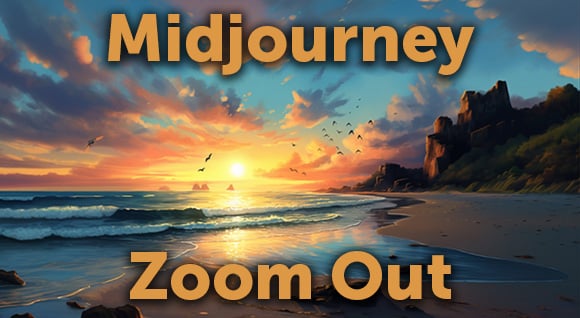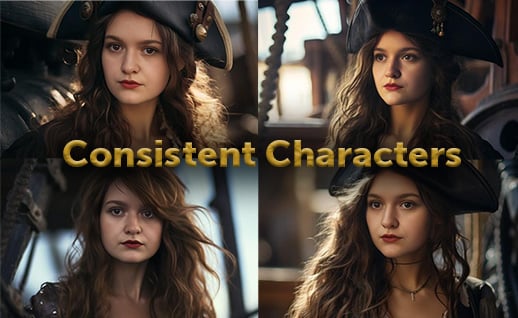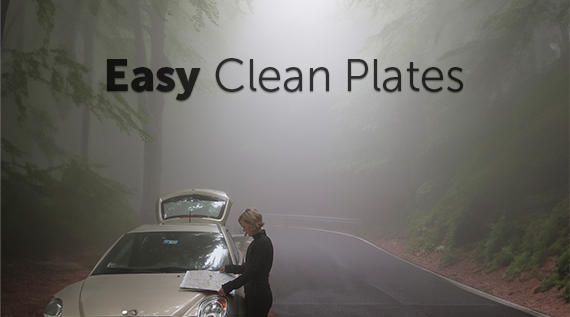Alight Films is the culmination of two incredible artists, Mia and Chris, who have a passion for all things in the filmmaking and photography realm. Their footage and photo collections feature many dark, mysterious, and obscure tones which is rare to see in stock. We chatted with the two creatives to learn more about them and their projects at Alight Films.
What made you choose the name Alight Films? How do you incorporate your brand into your work?
Our goal was to come up with a name that had significance to our lives and the partnership we had come to develop – both personally and professionally. It was a real challenge! Our first few selects were taken by out-of-date creative companies and wedding registries. So, we dug deep and found that the dictionary’s definition of “alight” has a few meanings that correspond with how we came to be, the orientation of our work, and, well, entirely unrelated: dismounting a horse? We tend to be something of a cross between dark, mysterious, a little depressing, and a loving of the weird/random/obscure. The former, of course, is the mainstay of our work, which resonates within the form of the adverb use of the word. Collaboratively, and individually, we nearly always tend toward a singular (usually natural) lightsource, with heavy shadows and a nice dramatic essence.
Alight: verb (used without object), a·light·ed or a·lit, a·light·ing.
1. to dismount from a horse, descend from a vehicle, etc.
2. to settle or stay after descending:
3. to encounter or notice something accidentally.
adverb, adjective
1. provided with light; lighted up.
2. on fire; burning.
As creatives, you must want to be creating all of the time. How do you balance your work projects with your passion projects?
Scheduling. Keeping a balanced schedule between work and passion is key. We have created the rule to prioritize the paid work first, because we want returning clients; despite our inclination to nerd out on something we’re personally inspired by. After that, work on those passion projects! We can’t help dedicate time to them, but do help each other to stay on a schedule; because sometimes, in our excitement we lose track of time.
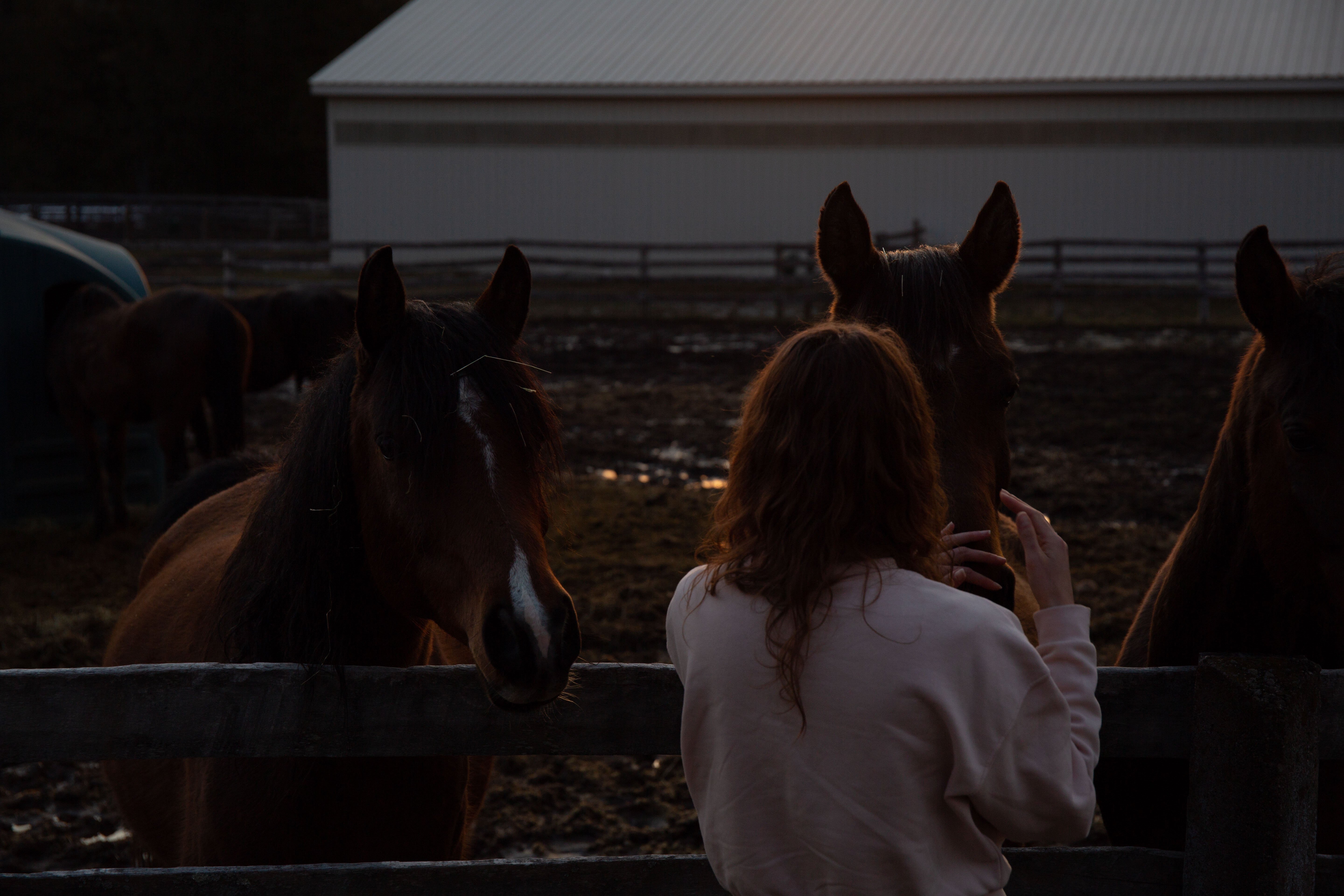
What is some advice you can give to any aspiring photographers or filmmakers?
If possible, save your money. If there is anything we have learned in this business, it’s that uncertainty is always looming, and saving money is a really smart thing to do. Aside from that, we like to stay close to the “keep creating” mantra that we hear often. While it isn’t always possible to be working on a mainstream production, because let’s face it, film productions cost money, (be it yours or someone else’s) we typically have a hard time not creating.
There are many ways to stay creative, and we’ve found that all of these ventures will aid us when it comes time to film a new project. Together, we read scripts, books, watch and study the films of our favorite filmmakers/editors/actors, don’t hesitate to watch a B-movie because they hold just as much value. Also just being outside in nature or in the business of the world can really help to relax one’s mind and tune into the underlying themes of life we’ve all been affected by.
Out of all the projects you’ve been a part of, which one means the most to you?
There are several, but presently, Waiting for the Sun stands out because it’s been such a labor of love. Chris started working on the script for the feature-length version over ten years ago, and it literally took that long to finally have a finished piece of writing that we thought really presented a quality message. We went through the process of sending it out to colleagues, and filming a proof of concept – which has gotten some really great reviews. Now we are pushing forward on and making the feature-length film. One could almost consider it to be a “life’s work”. Or one of several… because we have a few other ideas up our sleeves.

Technology is a huge part of our world and tech innovations constantly change the landscape of many industries. How has technology affected you as filmmakers and photographers?
While our relationship with technology is somewhat love/hate wrapped into one, we generally think technology is helpful. There are so many things we can learn from our office. Things that, 10 years ago we wouldn’t be able to approach without an expert. We aren’t suggesting that the pros in specific areas don’t have a relevant place, there is never a bad time to learn a new skill. This of course comes with the caveat that visual media, in general, is far more approachable than it once was, and as a result of social media, has a shorter shelf-life. The value of our work has decreased in the ad world, which can be painstaking at times, but it’s all a process. All in all, we would say that technology has had a positive impact on us and our ability to keep working.
Do you prefer shooting on film or on digital? And why?
FILM! Film is our go-to. If we have the opportunity to incorporate film into one of our projects we are going to do it. Digital has its place, and yes, there are many projects that are much easier and more appropriate for the budget to film or photograph with a digital camera. However, what we find is that when one shoots digital, they tend to overshoot because they can. We certainly do. When shooting on film, we have to stop and think – really think about what it is we are shooting because we don’t want to waste a single frame. It’s a great way to create a strong discipline and be intentional about our every move.
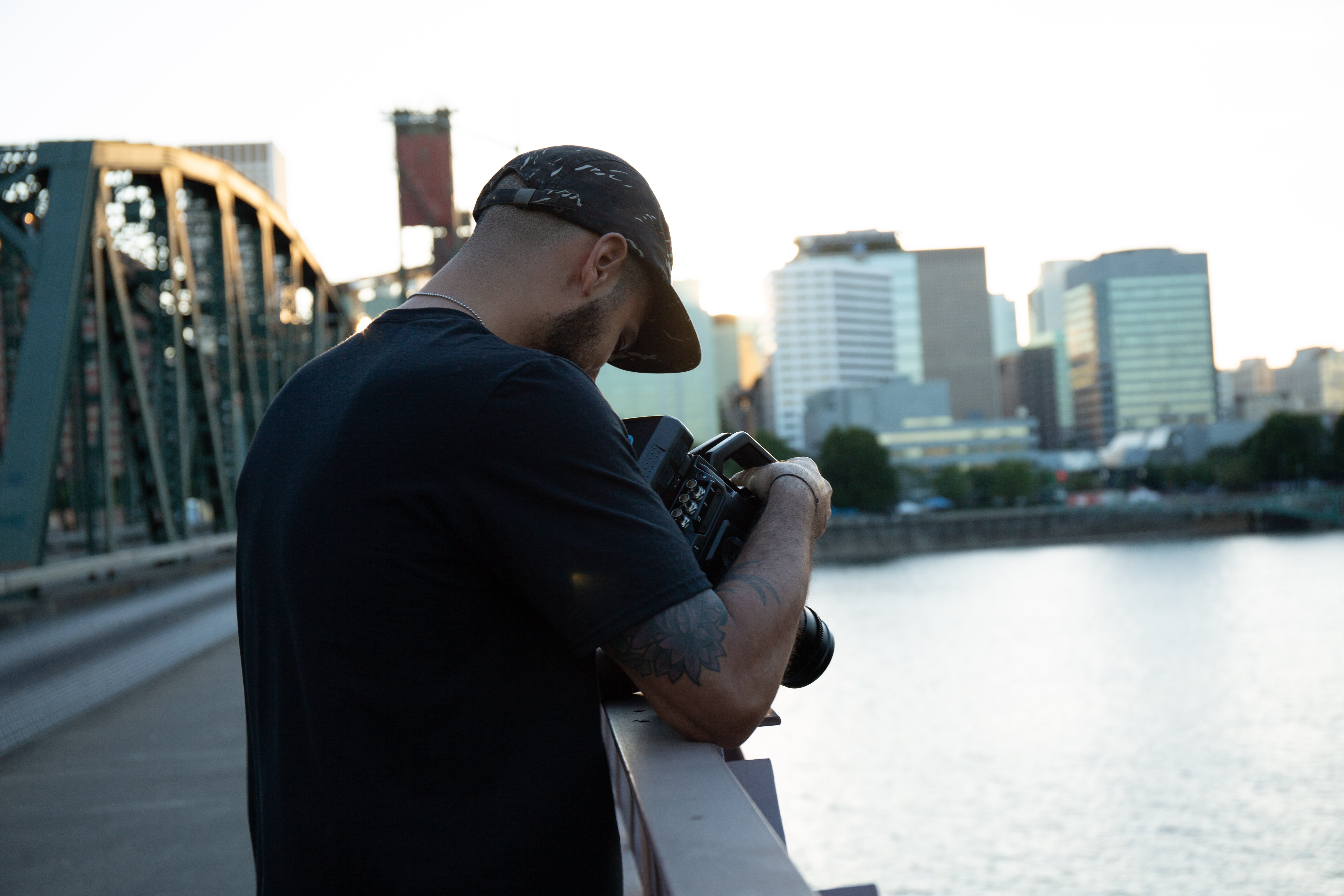
How do you find versatility in your income as a filmmaker? How do you balance this versatility?
As filmmakers, the production of our films will always be our number one priority, however sometimes a job falls through, or timing isn’t right. So we’ve learned a significant number of other skills to keep ourselves busy and to keep working in our field. We’ve developed the skills to edit (film, photos) write scripts, and treatments. When nothing seems to be clicking, we cannot emphasize enough that it is OK to work an odd job. This is something we feel frustrated about when looking at our peers and role models: very few people talk about scrubbing toilets, or delivering groceries because that’s just what life presented at the time. And, as we said before, these jobs and challenging times will inform the creative.
It doesn’t matter how “successful” we become, we will always remember the times we had to humble ourselves and do something that was not “in the plan”. Being a creative professional is NEVER a straight line, and it really shouldn’t be. If one is handed an Oscar on a silver platter, then, it’s quite likely they’re pretty disconnected from what human life really orients itself to. That being said, even during those dark or challenging times, we keep our hearts open and find ways to stay inspired.
When working on a project, you’ve mentioned the importance of writing treatments. How does this help with both personal and client projects?
Treatments are a tremendous part of getting a project and communicating our vision with those involved. Sometimes we’ll get a job based entirely on our existing work, but it’s a rarity. Most other times, a client or collaborator isn’t familiar with our work and it’s necessary to write a treatment. Treatments are basically our interpretation of a brief and how we see the filming of a commercial or production, and it’s usually a really important process for our Mia + Chris collaboration. When our ideas align with case, but understanding how to put together a concise story, and doing so with images that paint the essence and emotional picture you’re drumming up in your imagination, is a skill a director needs to know how to do. As the captain(s) of the “production ship”, we need to be able to communicate our vision, and being that the film industry is almost entirely visual, the treatment serves as our treasure map.

What’s up next for Alight Films?
Right now, Mia is producing and editing a feature documentary and YouTube series with a colleague entitled “Unfixed”(www.unfixedfilm.com). And, Chris, well Chris retired. No, we are kidding. Chris is working on the pitch deck, marketing, and budget outreach for Waiting for the Sun, the feature. Our daily activities include following the market, and seeing what is useful for stock footage as the world turns in its ever-precarious new directions. We’ve been doing this long enough to know that the most essential part of working in this industry is being FLEXIBLE. So, we’re bending with the times and always ready for what comes next!
Posted by
Dissolve
Dissolve Premium (dissolve.com) has been the go-to for quality stock footage and photos by the world's top creative agencies and production houses. Some of the best filmmakers and stock producers from around the world are with Dissolve — our rapidly growing collection of unique, compelling footage is a testament to that. In addition to our quality stock footage and photography business, we launched Dissolve Creators (dissolve.com/creators/community). A platform for photographers, filmmakers, producers, and designers to connect and share their work as free downloadable content. We offer these creatives (amateur or pro) a bridge to our clientele, gig opportunities, networking opportunities, as well as our knowledge of the stock industry.
.png)
.png)
.png)


